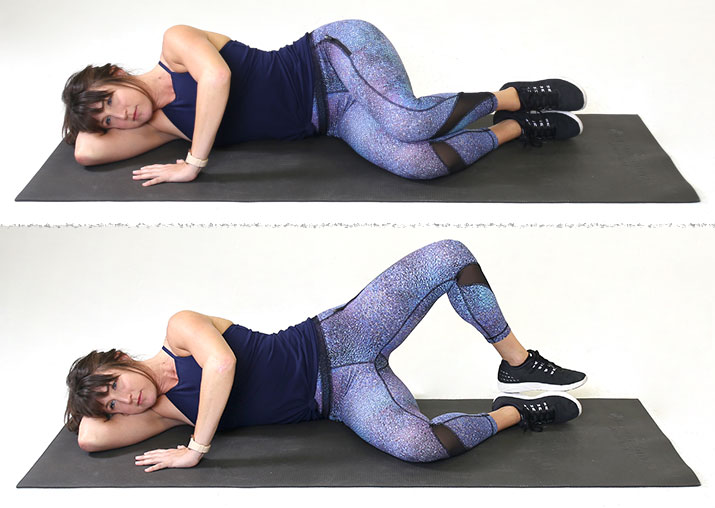Clamshell Exercise: Why You Should Do This Glute-Strengthening Move
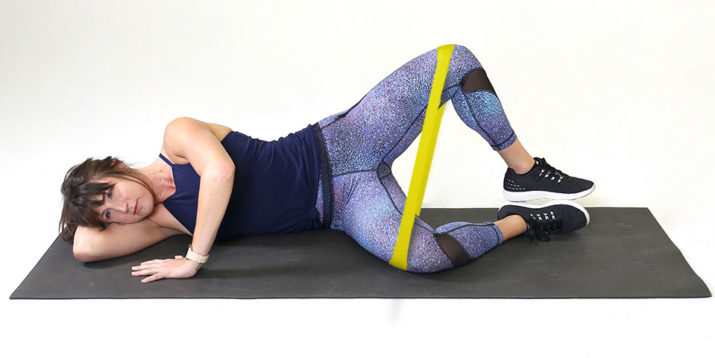
For an industry that takes itself as seriously as fitness does, it suffers no shortage of exercises with offbeat names. So if you haven’t already been introduced, allow us to familiarize you with another: the clamshell exercise.
Modeled after other classics like the fire hydrant, the clamshell is so named for its resemblance to — wait for it — a clam opening and closing its shell.
Although there may be even deeper meanings here; as anyone who’s ever tried to pry open a clamshell can tell you, it’s no easy task.
Clamshell Exercise: Step-by-Step Instructions
- Lie on your right side with your feet and hips stacked, your knees bent 90 degrees, and your head resting on your right arm.
- Draw your knees in toward your body until your feet are in line with your butt. Place your left hand on your left hip to ensure it doesn’t tilt backward. This is your starting position.
- Keeping your abs engaged and your feet together, raise your left knee as far as you can without rotating your hip or lifting your right knee off the floor.
- Hold for 1 second, squeezing your glutes at the top of the move, before slowly lowering your left knee to the starting position.
- Continue for a total of 20 repetitions, then repeat on the other side.
Make it harder: Loop a resistance band around both thighs, just above your knees.
Muscles Targeted by the Clamshell Exercise
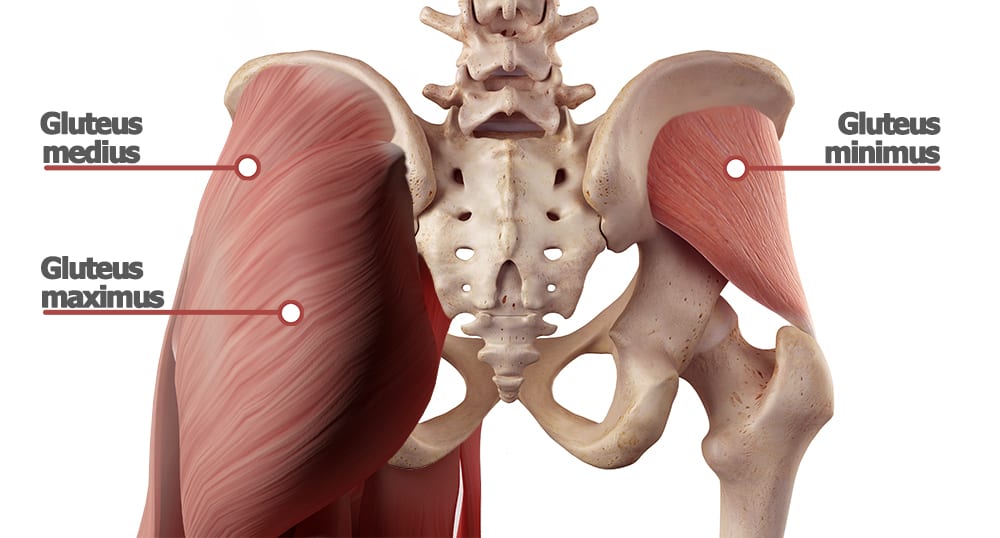
Gluteus medius
Foremost among the muscles worked by the clamshell exercise is the gluteus medius. This is the muscle that forms the outside edge of your butt and side of your hip and helps abduct your legs out to the side. They also assist in stabilizing the pelvis.
The importance of your medial glutes can’t be overstated, with responsibilities that include hip stabilization, balance, and power.
Strong medial glutes guide you through every step, stabilizing you, propelling you, and protecting your knees and lower back from unnecessary strain by taking on much of the workload involved in lower body movement. That includes any side-to-side action that you might take in an agility workout.
Gluteus maximus
Also targeted is the gluteus maximus, a prime mover in hip extension. This is the largest muscle in the body, and the one most people are looking to shape and strengthen with the squat and deadlift.
When you talk tightening up your butt, this is the muscle you’re referring to.
Benefits of the Clamshell Exercise
How this seemingly simple exercise can be a boon to your body.
1. Glute activation
When performing moves like a squat or deadlift in which one of the primary goals is to build glute strength, it’s important to first activate the muscles that will be doing the work.
(If you perform a squat and all you feel are your quads burning, this message is for you.)
Do a couple sets of clamshells prior to your squats or deadlifts in order to activate your glutes. This helps to ensure that they’re engaged and working as prime movers.
2. Hip strengthening
As a general exercise, the clamshell can help strengthen your medial glutes, bringing more power and stability to your hips.
This can also translate to a decreased risk of injury throughout the entire lower body, greater stabilization in agility workouts, and more strength and power in your squat.
3. Muscle definition
Another benefit of the clamshell exercise is its effect on muscle shape and development. If you add resistance to the clamshell, 10-plus reps can leave your glutes burning.
If you try to maximize this by going for burnout (doing as many reps as you can) or doing multiple sets, you’ll set the stage for defining that muscle group.
So anyone looking to tighten up their posterior should make this move a part of their workout routine.
Clamshell Exercise Variations and Alternatives
Here are a few similar exercises that also target the glute med and glute max, as well as your hip flexors.
1. Fire hydrant
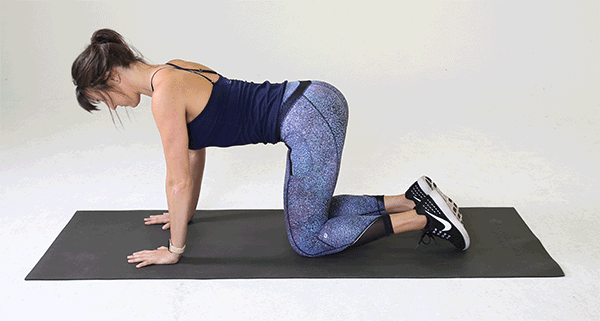
- Start on all fours with your hands under your shoulders and your knees under your hips. This is your starting position.
- Keeping your hips level and your core engaged (see below for more on that), raise your right knee out to the side as high as you can, and hold for 1 second.
- Lower your right leg to return to the starting position, and repeat for a total of 15 reps. Then switch sides and repeat the sequence.
2. Side leg lift
- Lie on your right side with your forearm supporting your upper body, your left leg straight, and your head right leg at a 90 degree angle.
- Keeping your core engaged, slowly lift your top leg until you feel your hips begin to tilt upward.
- Pause, and then lower your top leg to the starting position. Complete all reps and then switch sides, performing equal reps on both.
3. Frog pump
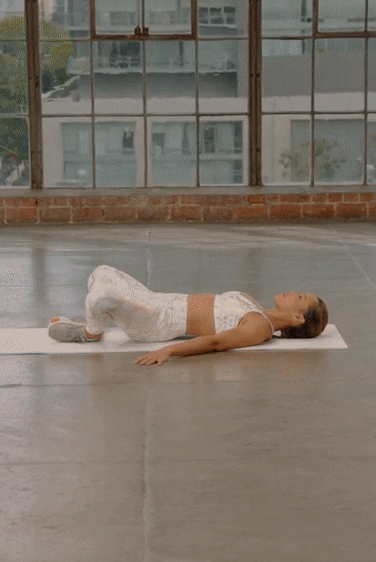
- Lie on your back, arms by your sides, palms facing down. Alternatively, you can make fists with your hands, rest your elbows on the floor, and lift your fists up so that your forearms are perpendicular to the floor.
- Bend your knees and press the soles of your feet together so that your legs create a “frog legs” or “butterfly” shape.
- Pressing the outer edges of your feet against the floor, engage your core and use your glutes to lift your hips. Make sure your shoulders and upper back remain anchored to the floor.
- Pause, then slowly lower the hips to the floor. Repeat.
In Clamclusion
The beauty of this move lies in its reward-to-risk ratio. In our pursuit of strength and muscular development, we accept that many exercises are accompanied by the potential for injury.
Strong glutes are essential for stable hips, and for protection from injury for the lower back and knees. The clamshell is a great way to strengthen these muscles with a nominal risk of injury.

